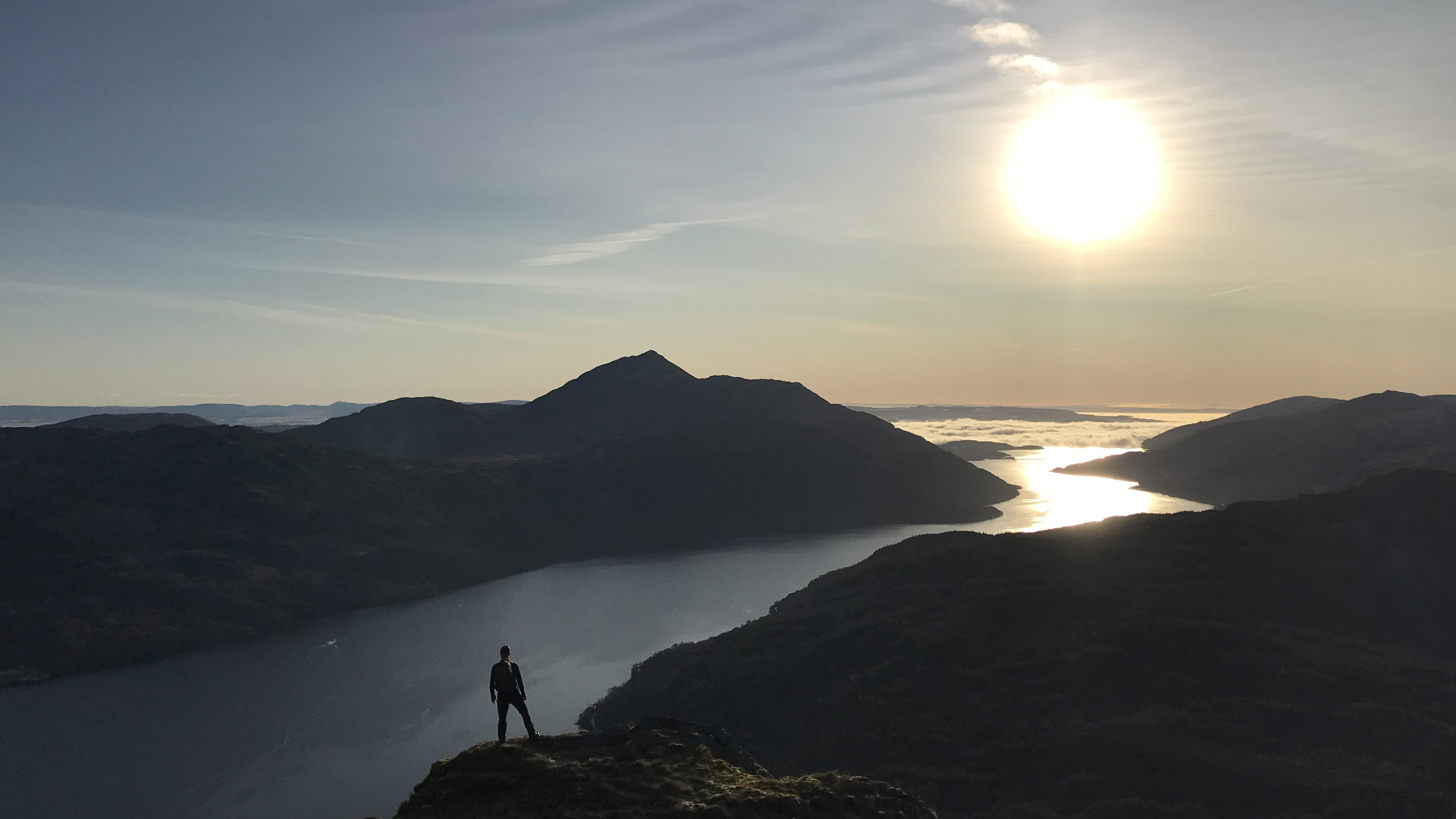
Some people collect autographs of the famous people they’ve met in life; some hoard Star Wars action figures; others tick off the trains they’ve spotted; purveyors of art collect great works; while some people’s comic book collections take up entire rooms. We humans are the great collectors, always seeking to add to our plunder and occasionally revelling in perfection of completion.
However, is any collection as grand or as enriching as a haul of mighty mountain summits? The pursuit of collecting summits is commonly referred to as peak bagging. Among hikers, hillwalkers and mountaineers, there are many peak baggers and many peak bagging challenges, with everything from the world’s highest peaks to esoteric, localized challenges. Whether you’re addicted to the idea of the fourteen 8,000-meter peaks of the world, the Seven Summits, the Colorado 14ers, the Alpine 4,000ers the Scottish Munros or the Wainwrights of the English Lake District, peak bagging casts its spell on many.
As something of a collector myself, there are many things I wish I’d known before I started peak bagging. I’m by no means an obsessive – in fact, I’m yet to complete any of the more substantial lists that I’ve started ticking off – and can speak to the pitfalls that can arise when peak bagging. Here, I reveal 7 things I wish I’d known before I started so that you can avoid the same mistakes when you lace up your hiking boots and hit the summits.
Meet the expert
1: You’re peak bagging, whether you know it or not
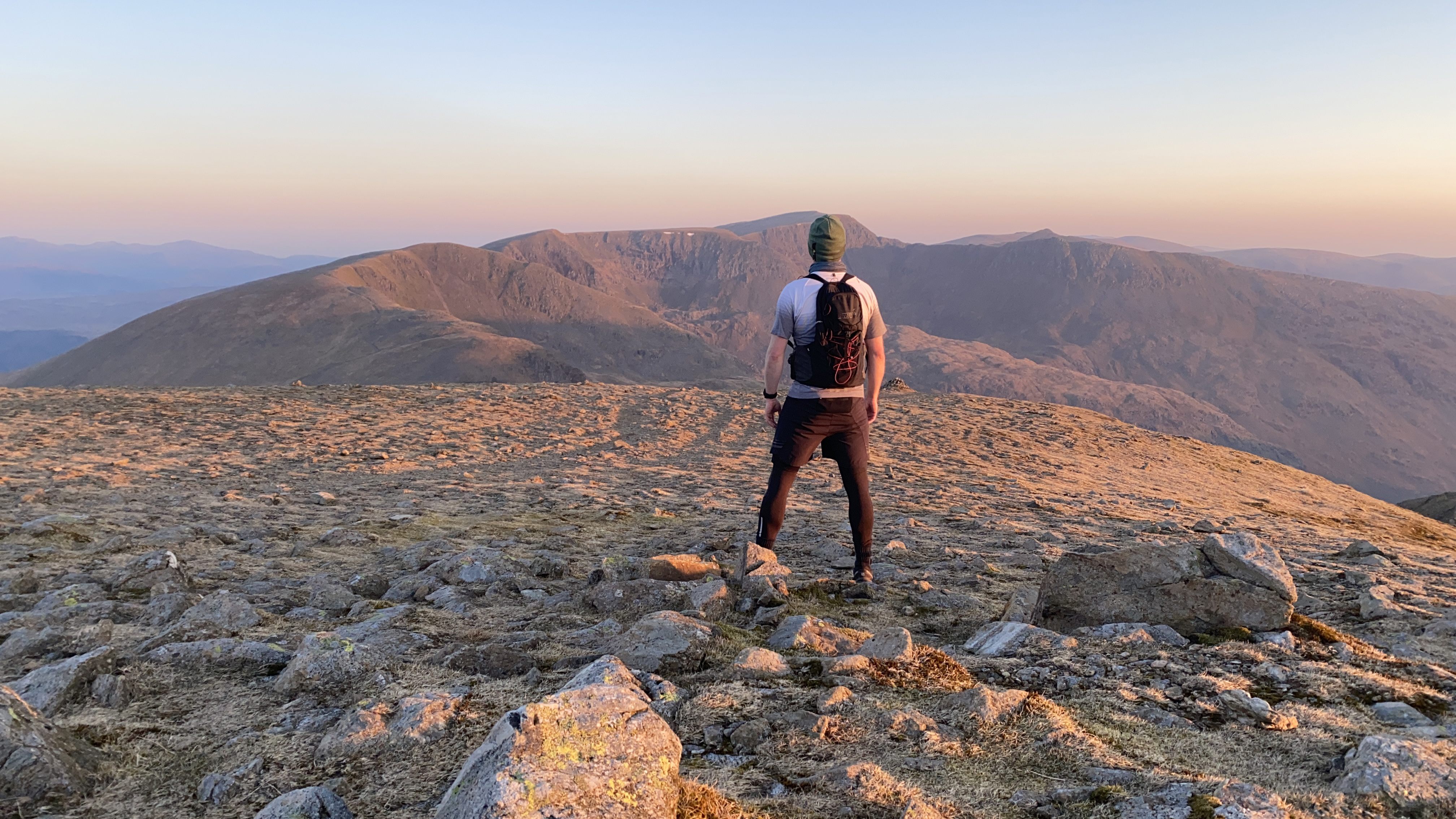
When I started tackling the Wainwrights, I didn’t know I was tackling the Wainwrights. I was merely seeking out adventure among the highest mountains in England. The Wainwrights are 214 fells (a Northern English word derived from the Norse fjäll, meaning a mountain or hill) in the Lake District National Park that were chosen by legendary hillwalker and guidebook writer Alfred Wainwright in his classic Pictorial Guides to the Lakeland Fells. The list includes the country’s highest mountains but also many smaller hills.
Early into my acquaintance with the fells, a family member bought me a Wainwright tick map and, naturally, I started to tick them off – though never really with the intention of completing them. Many of the less impressive hills in the national park held little interest to me at the time.
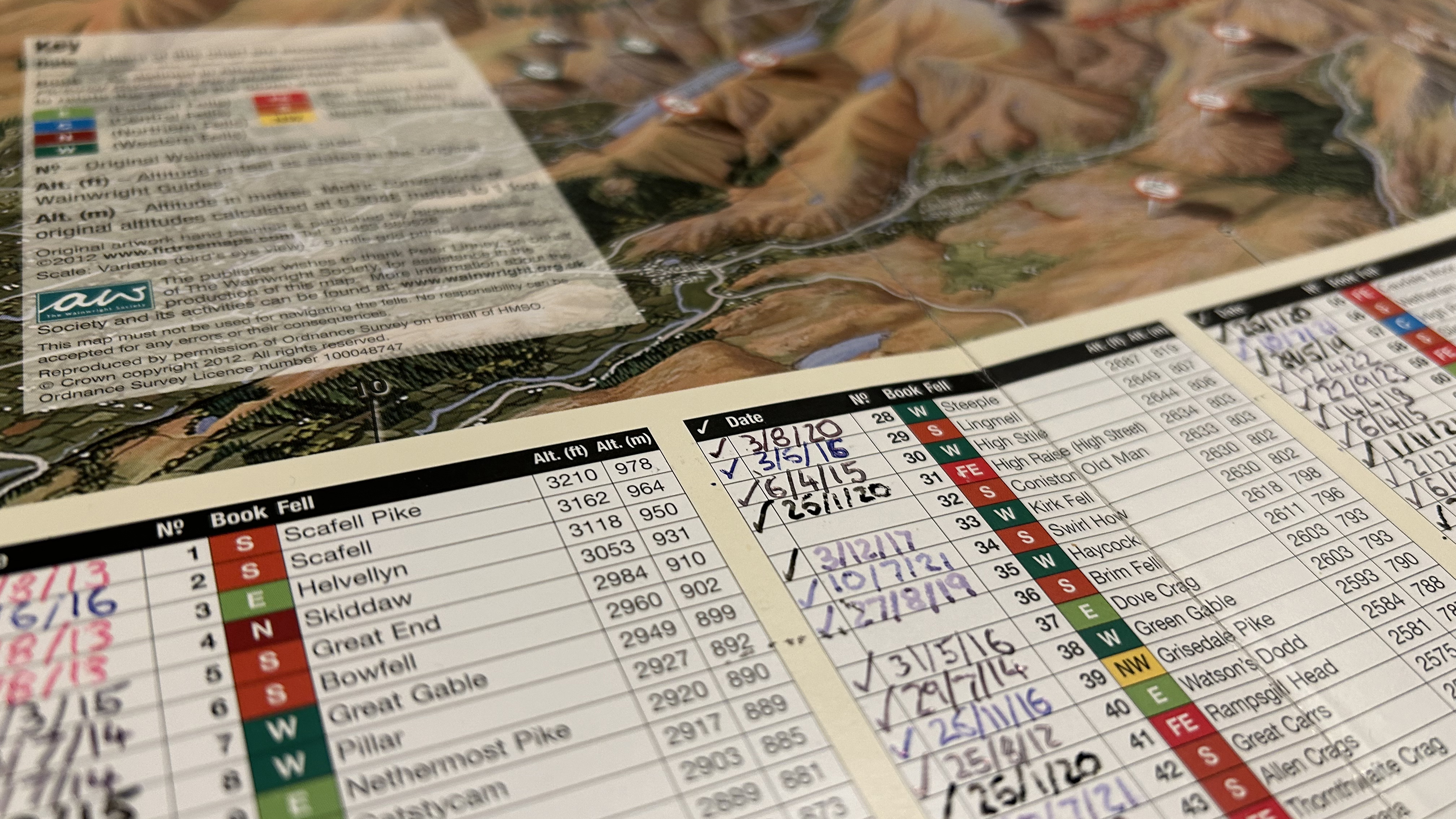
However, these things have a way of getting under your skin and, as more and more of the map gets covered in pins and the ticks begin to outnumber the blank spaces on the list, the draw of becoming a true peak bagger gets stronger and stronger. One day, I’ll be able to say: “I’ve done all the Wainwrights.” Maybe I’ll one day say: “I’ve conquered all the Munros.” There’s status in the completion and it’s well documented that us humans all crave status in one way or another.
However...
2: Don’t become a slave to the list
After a spell where I was transfixed with adding to my tally everytime I visited the Lake District, there came a point where I had an epiphany. I wasn’t having quite as much fun as before. I’d burnt through the more interesting peaks and was now onto the B-list and they simply weren’t as fun.
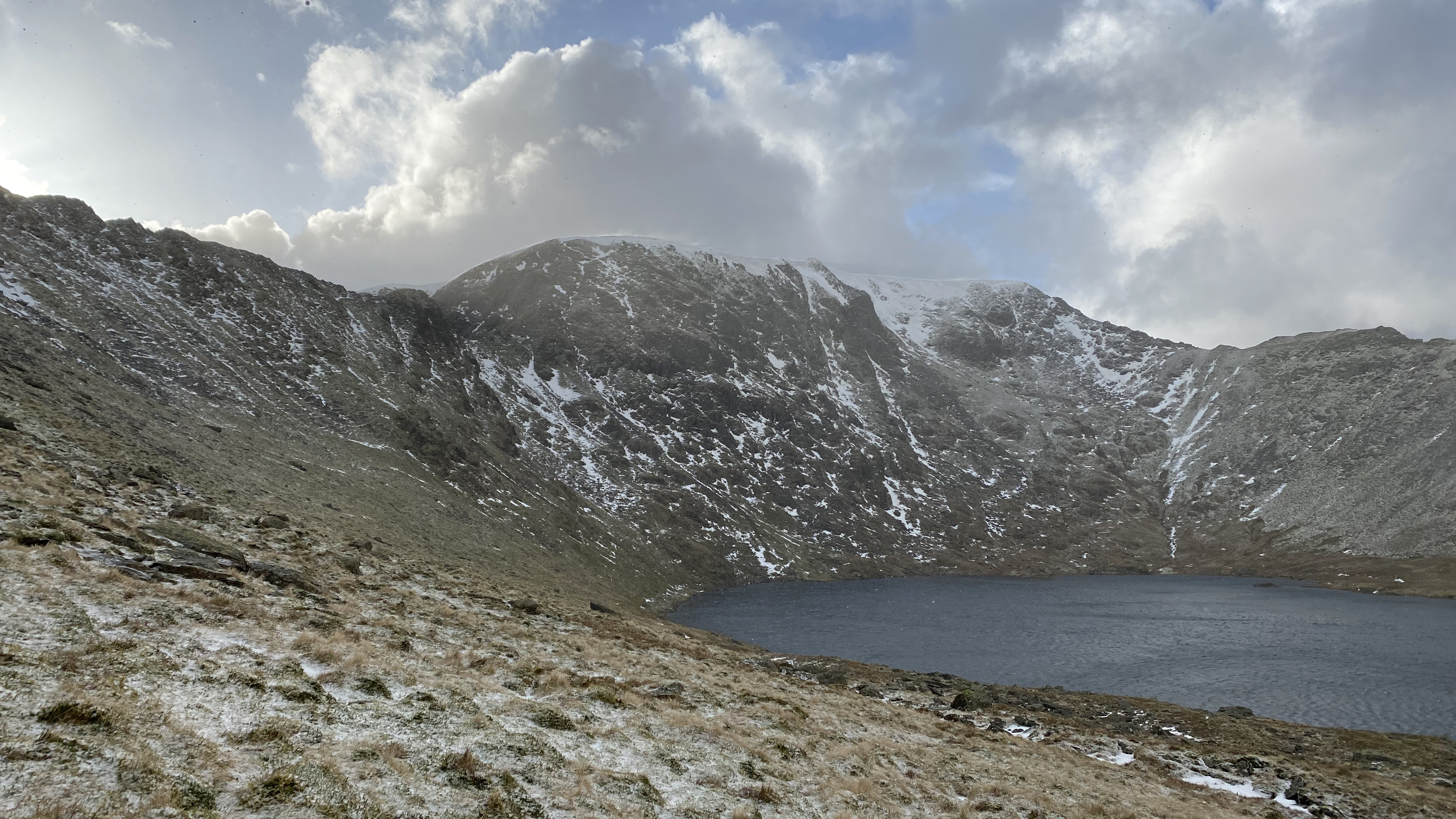
On a drive into the Lake District’s Eastern Fells one November, heading for a peak called Red Screes, I saw nearby Helvellyn with a dusting of snow. Helvellyn, which I’d been to the top of several times previously, is one of England’s finest mountains and is truly spectacular when wearing its winter coat. I was suddenly conflicted. The tick vs the experience. I chose the experience and had an almighty day on Helvellyn. Red Screes would wait for another day. It was the day where my relationship with peak bagging changed.
Similarly, when I visit Scotland, often with mountaineering friends, I realised that I’d much rather climb Ben Nevis (again) via an interesting climbing route than seek out a less exciting Munro just for the sake of it. The day you start to let the lists dictate what you do is the day you’ve lost something of what it is to be in the great outdoors. Don’t let the tail wag the dog. Don’t become a slave to the list.
3: The experiences are often better shared
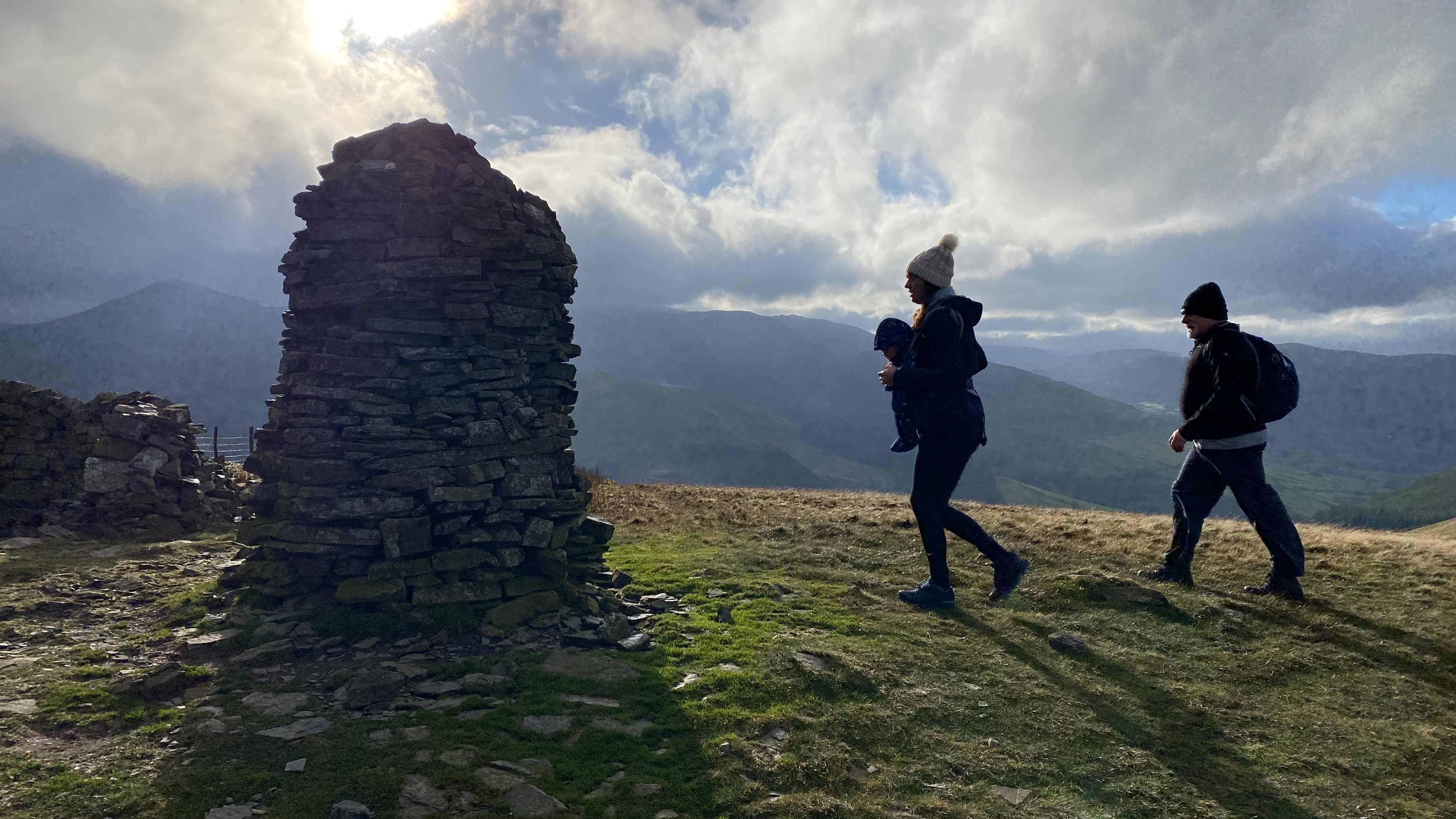
An objective that may be relatively forgettable if ascended alone suddenly becomes a much more rewarding experience when shared with friends and family – or even by hiking it with your dog. I’ve had the pleasure of sharing the fells with my wife, father, siblings, nephews, nieces, old friends and, most recently, my baby daughter in a child carrier. Ascending diminutive, child-friendly summits that would have been unremarkable on my own suddenly became a challenge when carrying my daughter. A hike up smaller fell with the family or with the hound often becomes a cherished memory.
The lesson here is, don’t just hike to a summit alone for the sake of a tick, save those that don't interest you quite as much for the right circumstances and the right company.
4: The summit tick is not the be all and end all
An obsession with the summit, or attaining multiple summits in a single outing, is detrimental to enjoyment. A route that merely visits target summits as quickly and as efficiently as possible is rarely the finest way to explore the landscapes in which your chosen peaks dominate. Beasting yourself on the “normal route” is not as fun as revelling in your own adventure.
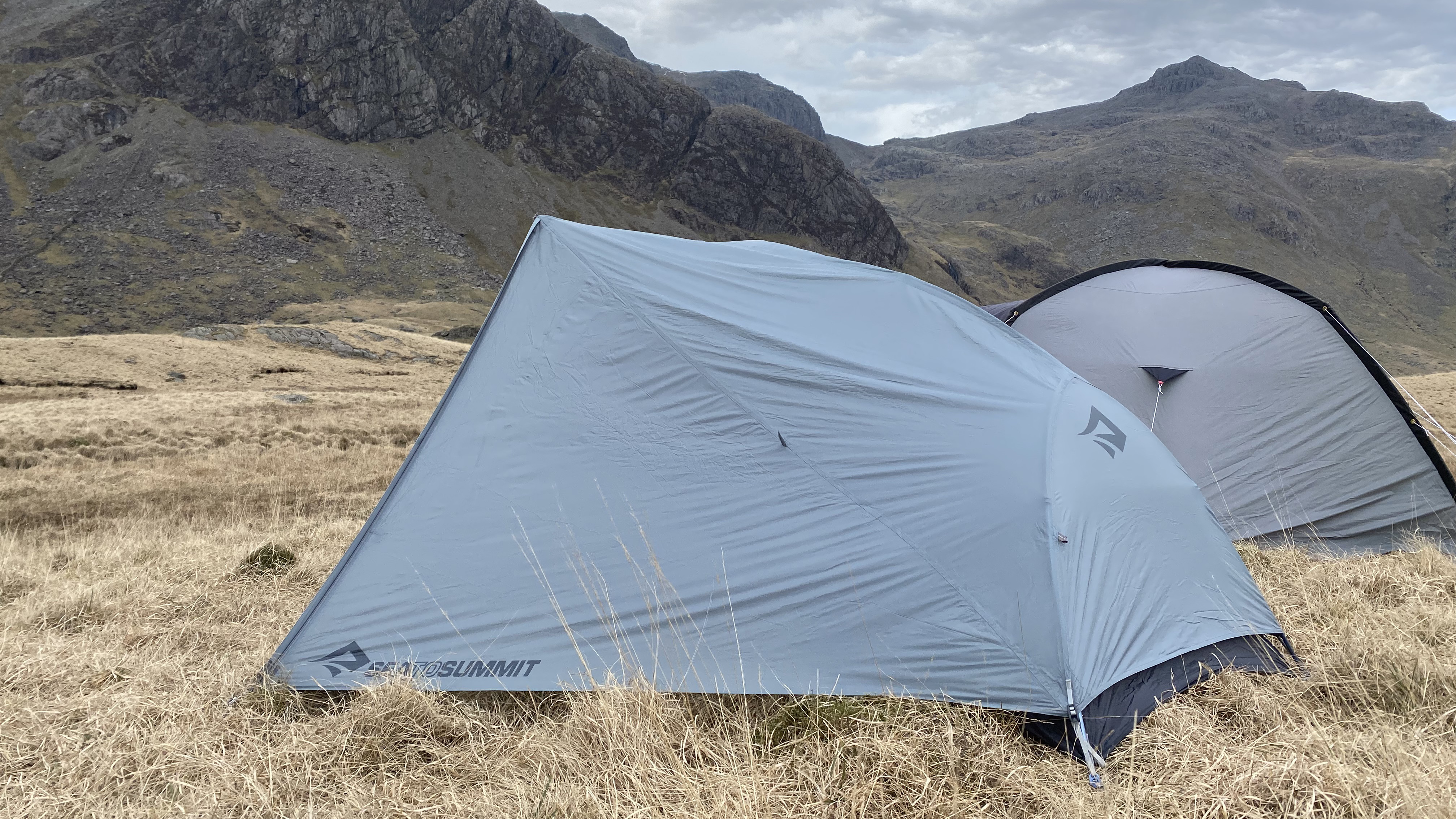
When planning, read up on the finest lines to your objective. It might be that you’d miss an exciting scramble, a magnificent viewpoint or a tranquil lake by arrowing straight for the summit. Search for an approach that leaves the masses behind and seeks out the serenity of secluded valleys. Slow down. Bring your one-person tent or bivy sack and plan a wild camp. This peak bagging malarkey is supposed to be enjoyable and done at your leisure, not a job to be quickly ticked off.
And, if the weather turns or you decide not to go for the summit and opt for a swim in a mountain lake instead, that’s fine. You’re not here for the tick, you’re here to experience the majesty of nature.
5: The small detour is always worth it
I’m now getting towards the end of my Wainwright peak bagging journey, with only around twenty or so summits to go. While Wainwright’s guides detailed the principal summits in the region, in some cases his chosen peaks weren’t necessarily the highest point of a given fell but the point that he considered the most interesting.
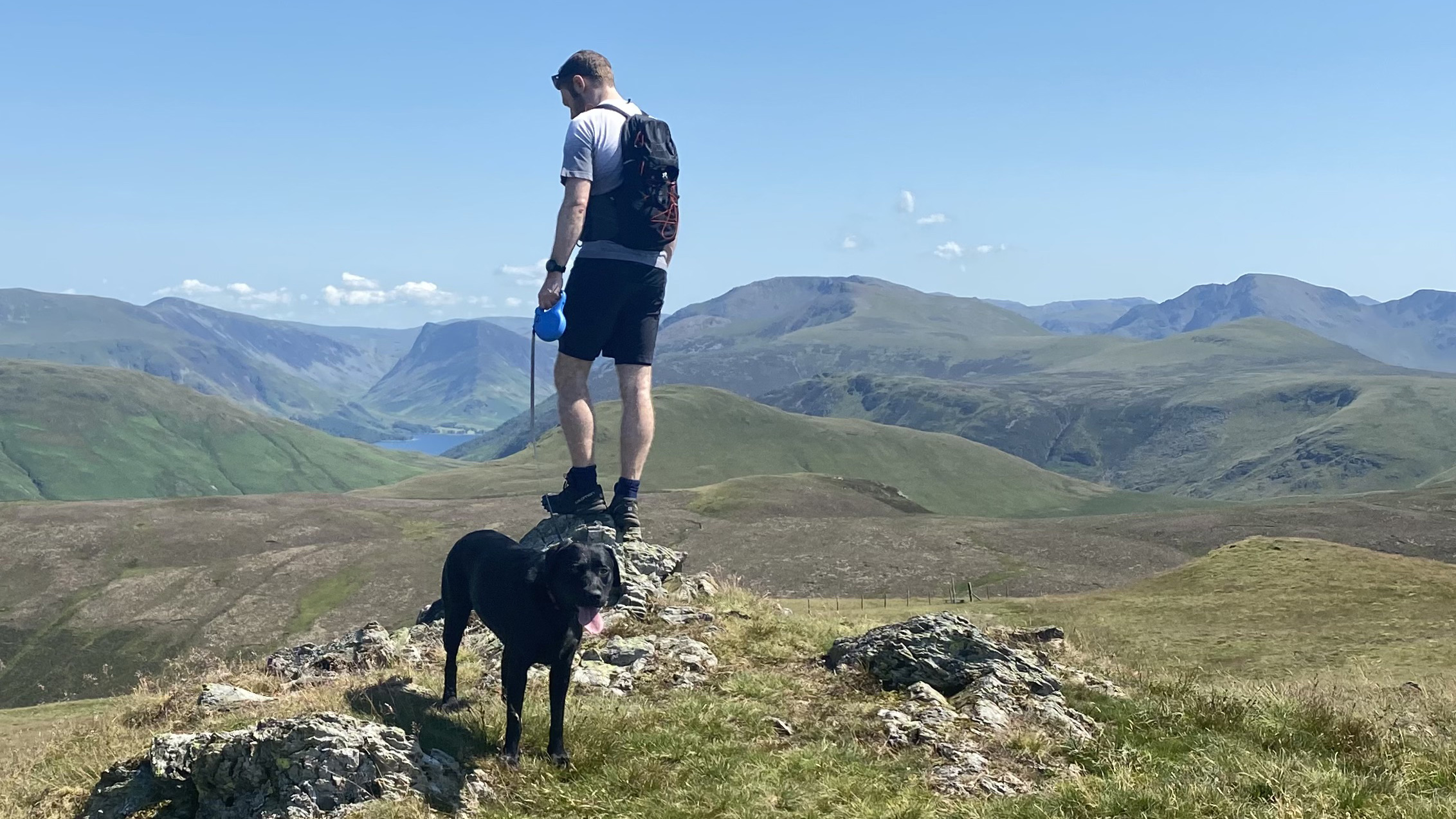
Many of the peaks I’m yet to tick off I’ve been agonizingly close to at various times during my adventures in the Lake District, I’d just neglected to visit them. This was either because I hadn’t realized I was peak bagging yet (see You’re peak bagging whether you know it or not) and so wasn’t fussed about the small detour, or I was in a hurry and didn’t actually visit the highest point, or the point selected by Wainwright as being the worthy summit.
The lessons here are: the small detours are always worth it, do your research on what you can expect on the chosen summit and, finally, always explore the summit area thoroughly, seeking out each high point if there’s more than one. A GPS watch can be useful for pinpointing your location.
6: The big detour is rarely worth it
There have been occasions where I’ve decided to strike out for a peak that wasn’t in the original plan but seemed worthy of a big detour to attain. Perhaps I’d managed my main objectives quicker than I was expecting or maybe the day had been so enjoyable up until that point that it made sense to stay out longer. I’d been gripped by a sort of peak bagging summit fever and decided, without really thinking it through logically, to venture on, beyond what was planned. Just… One… More…
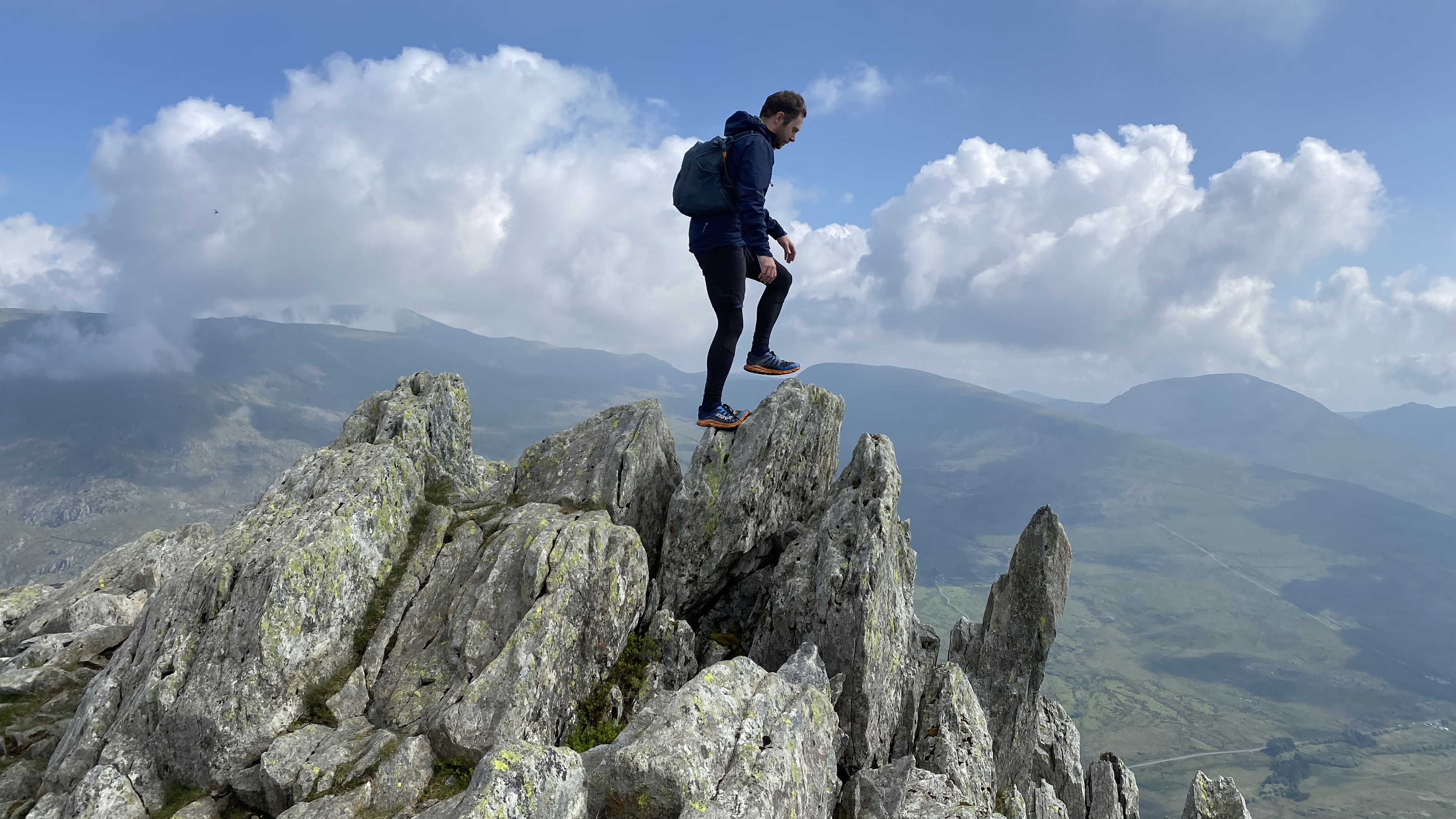
This usually results in an unsatisfactory slog across terrain that hadn’t been necessarily bargained for, plenty of cursing once the whole affair becomes less enjoyable and a much later finish in a wearied body. The additional summit has been ticked, yes, but I’ll have potentially deprived myself of a more enjoyable time on the same peak in the future. This all links nicely too…
7: The mountains will be there another day
Peak bagging is not a race, unless you’re someone like Sabrina Verjee, in which case, peak bagging is definitely a race. But for most of us, peak bagging is not a race. It doesn’t matter whether you finish your chosen collection of summits in a year or half a century – the important thing is that you enjoy the experience. There’s no rush. The mountains will be there another day.

The moment your peak bagging mission becomes a chore, or feels like a job that needs to be done, is the moment to step back and consider your approach. Time in the great outdoors is precious, nature is not a box ticking exercise. Use peak-bagging challenges to inspire you, not to drive you.







